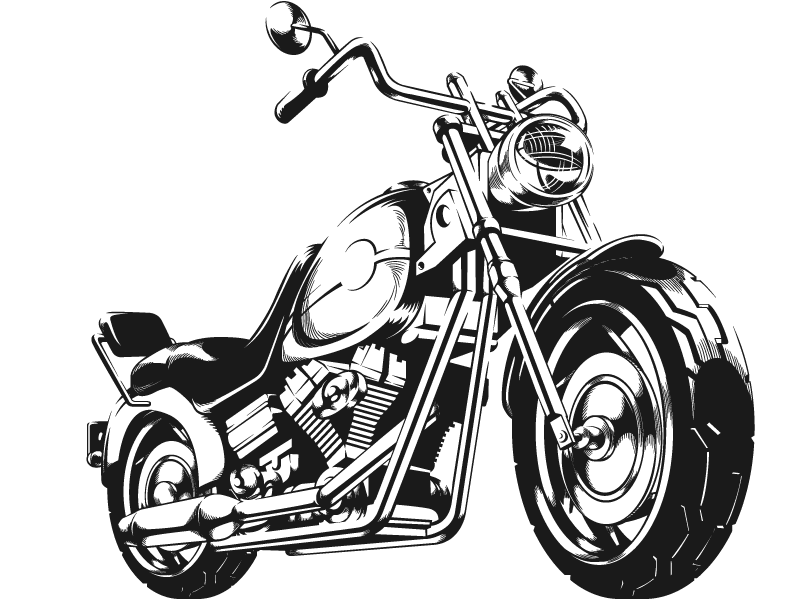Should I Take a Motorcycle Safety Course?
They say you can’t teach old dogs new tricks. Well, I find that statement to be false. After riding a bike most of my adult life, and even though I had a motorcycle license, I decided to take a safety course to hone my skills and maybe learn a new thing or two.
Where I am located, the main school, bizarrely enough, is named Trauma, not after the potential of having one, but the last name of the owner.
The class I took had bikers of all ages and skill levels. We first received a thorough overview of the traffic laws and how they pertain to motorcycles.
Classroom instruction in how to respond to emergency situations while you are riding eventually lead to riding our own bikes outside on a course designed to simulate some different situations you may encounter.

I guess I would rather learn how to get out of a skid in a controlled environment than have to figure it out in a real-life road situation.
The class also reviews some basic motorcycle maintenance tips and an update on the latest safety clothing, helmets, and equipment.
Some of the interesting safety tips I gleaned from class I pass on to you. Beyond the obvious of never, ever touching a hot pipe there are some rules to follow –
The Proper Clothing is Essential
Wearing the proper protection is not just important to help you survive a crash with another vehicle, it can also save you from injury if you simply lose control and lay your bike down. If that happens you will most likely be sliding on asphalt. That’s not something you really want to try to do in shorts.
Shoes
You must always wear sturdy shoes made for riding or boots to protect your feet. Obviously, when you shift gears you bring your toe up. Open-toe shoes or flimsy shoes can get old fast. And be very painful. A lot of heat is generated from your engine and exhaust. Burning feet is not a good thing.
Ride With Your Skill Level
You may be king of the road on your own turf, but if you go on the highway and are expected to keep up with a 75mph speed limit, it could get you slightly rattled if your skill set is not up to that level. Know your strength and weaknesses. Even if it’s not a freeway, certain backroads could be difficult and challenge your abilities. Ride only where you feel safe and in control.
What Passenger?
Many of us take it for granted that a passenger really understands what to do when they are sitting behind you. Make sure they wear protective equipment like you.
When I take on a new passenger, I usually head to a quiet parking lot. This way I can slowly get used to the passenger’s weight and balance. It also gives added assurance to the passenger, especially if they have never ridden on a bike.
Enjoy your next ride in safety!
Permit.Bike is singularly devoted to the purpose of providing an easy-to-learn and simple approach to the act of riding.
